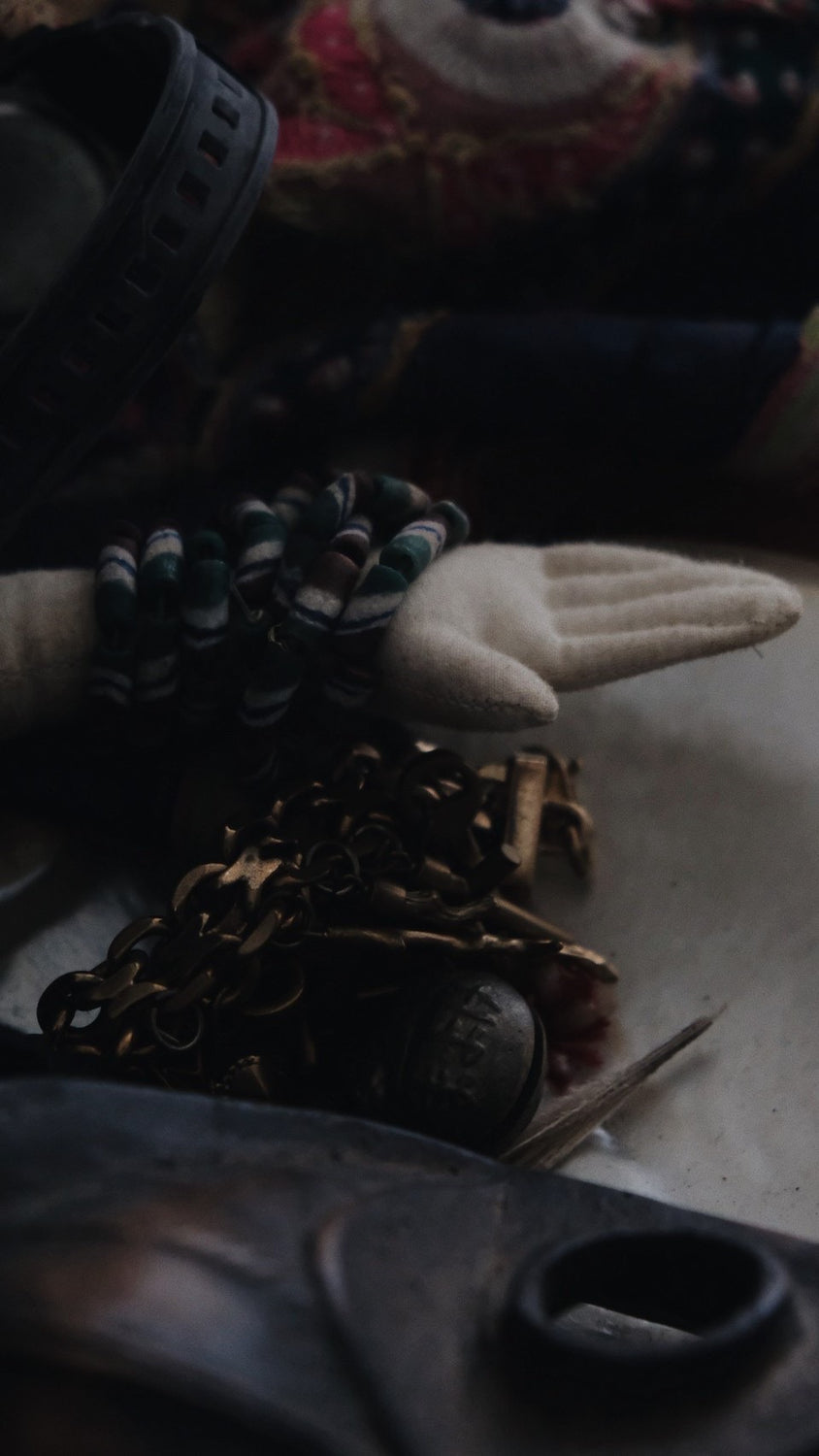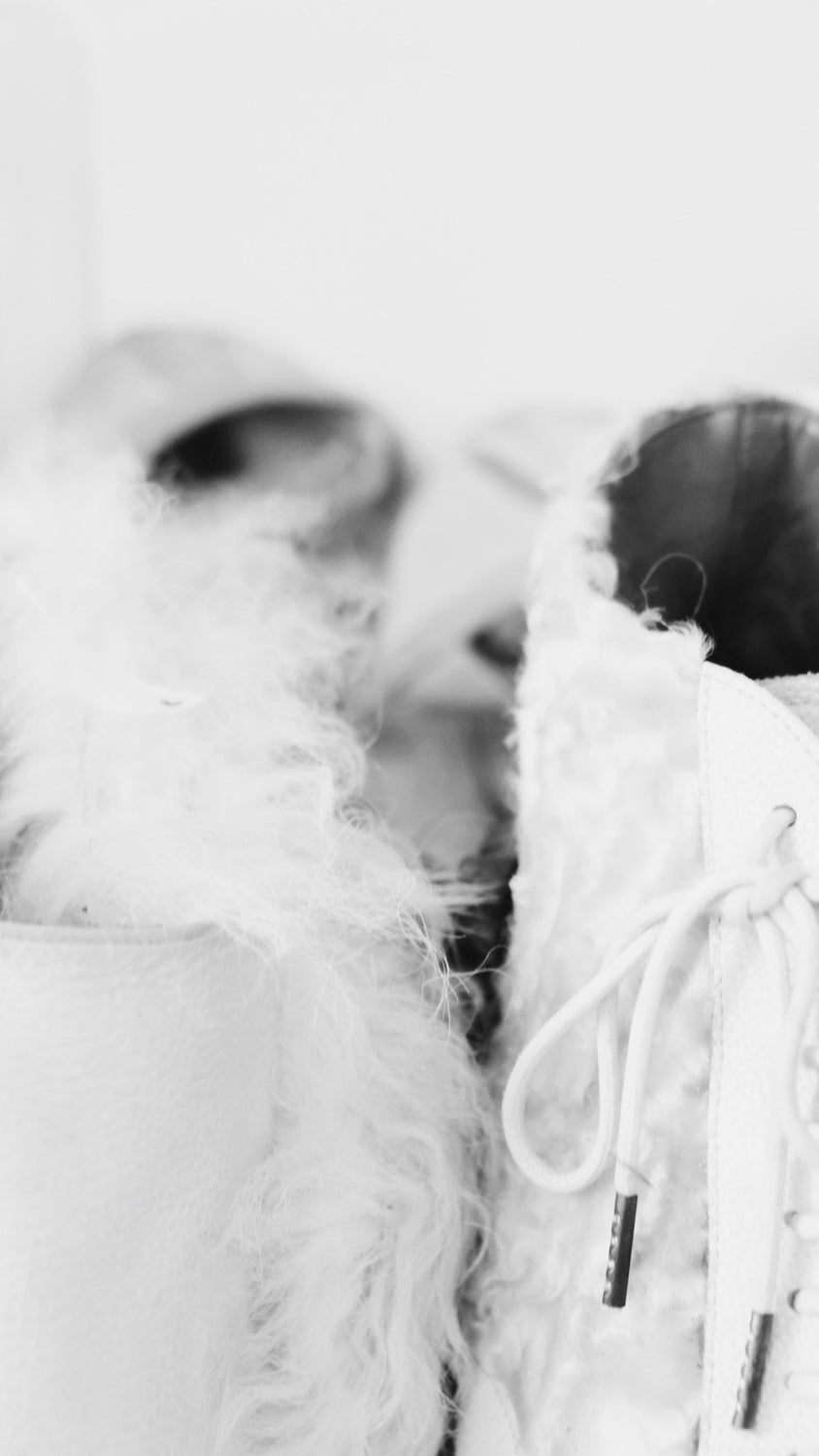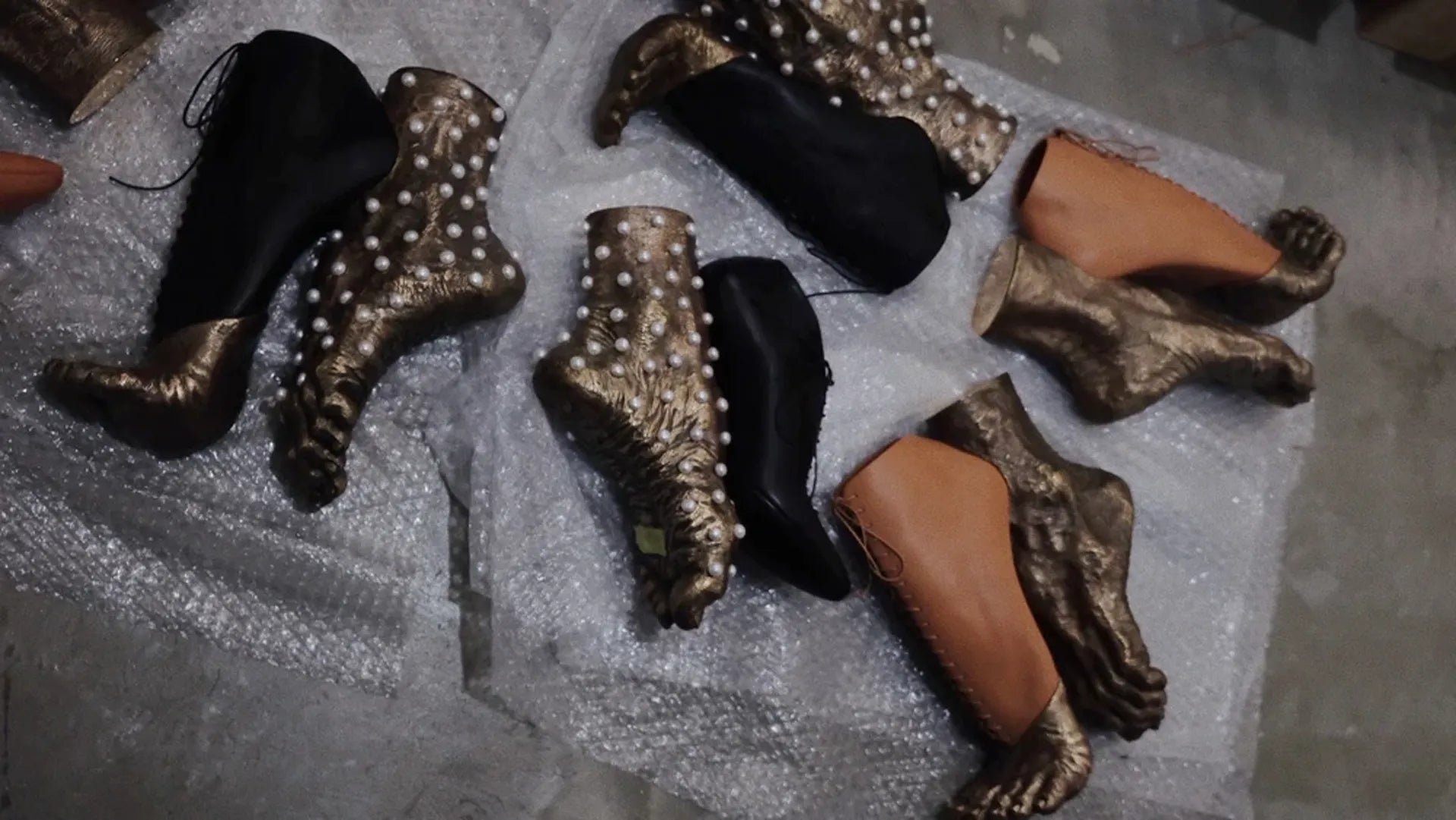
MASAYA KUSHINO
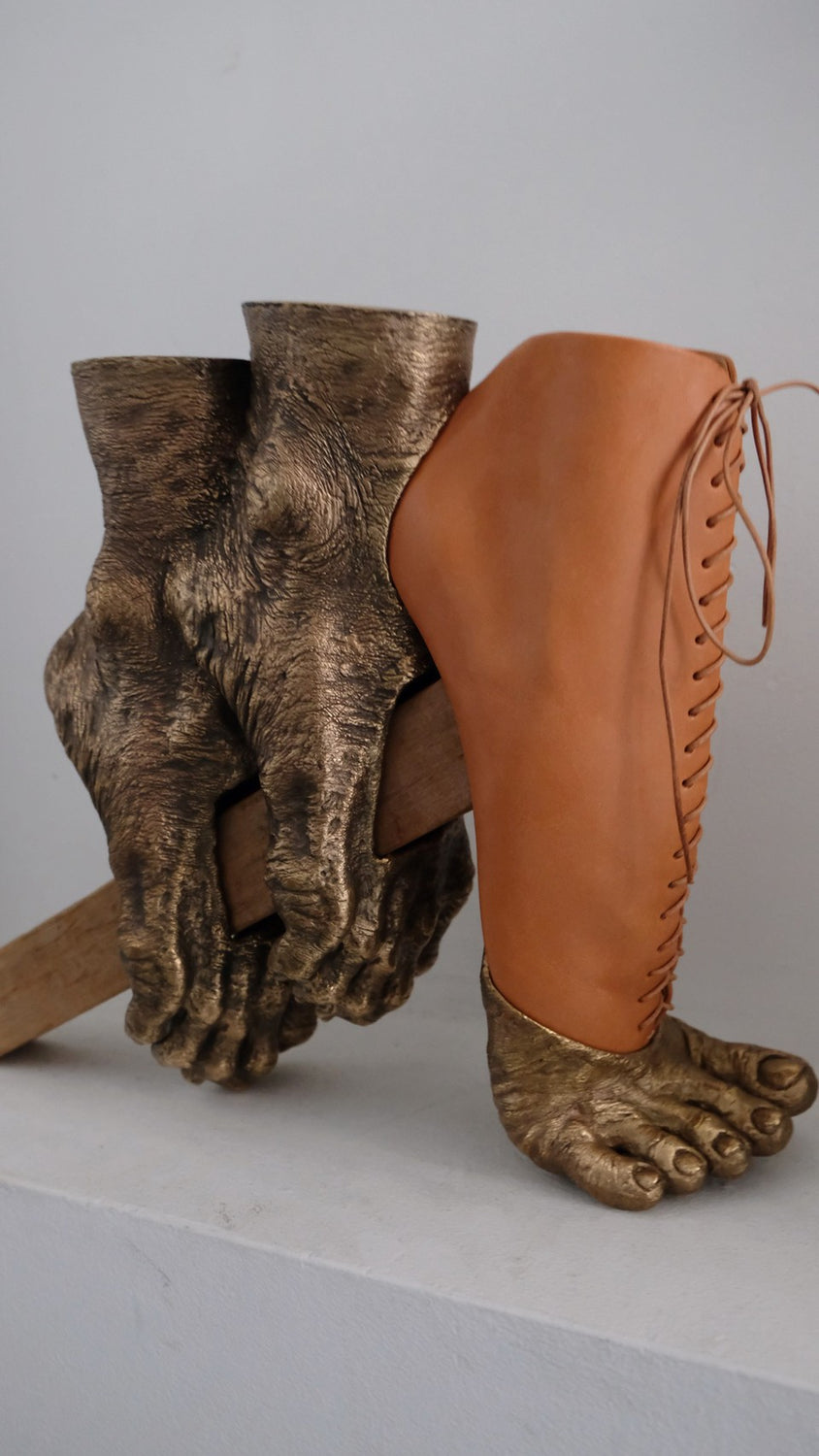
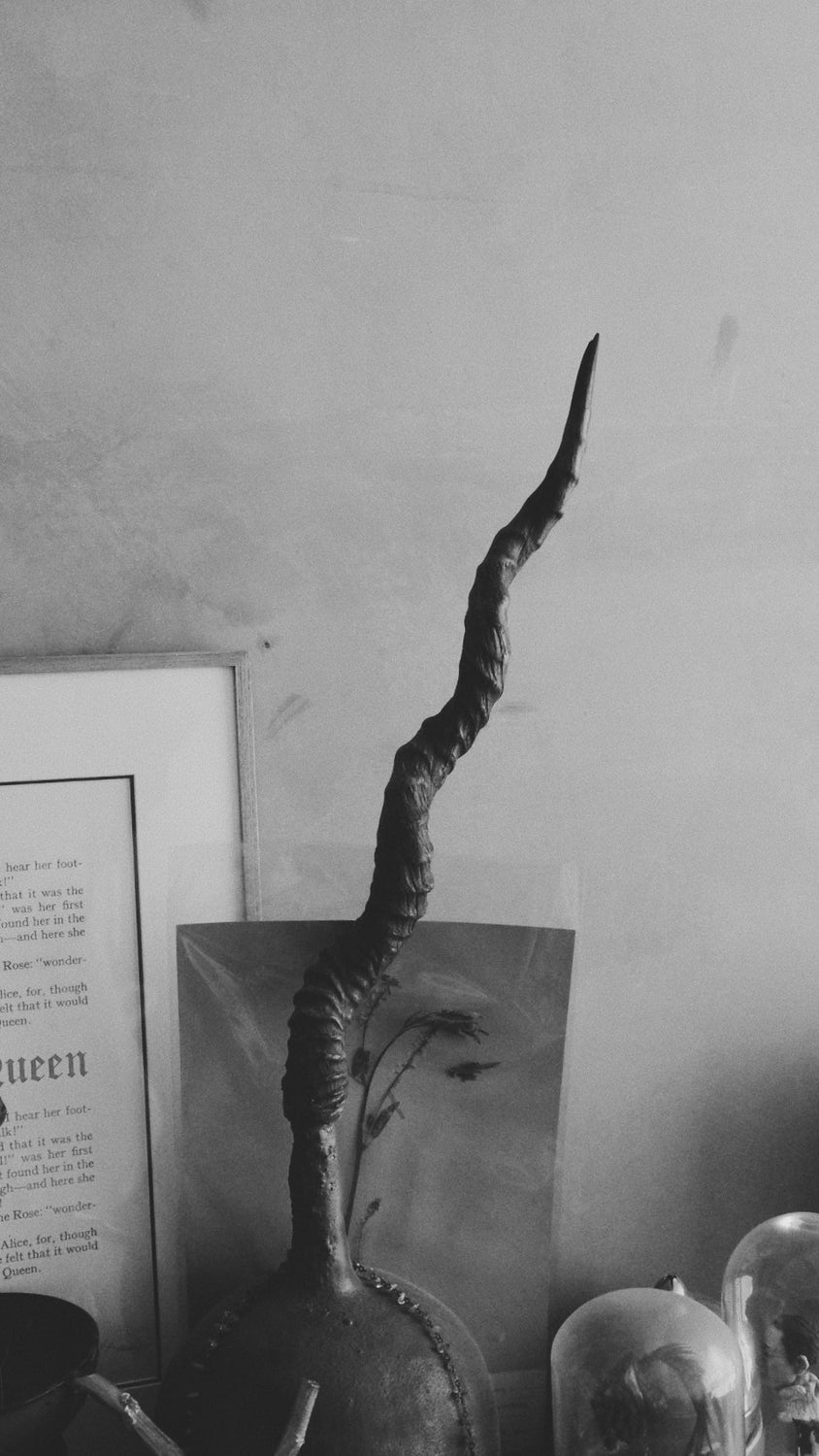
“Sara, can I tell you one more thing?” I glance over at my friend Kushi sitting at the twelve-seat counter. It’s 1:04 am and everyone else at the Kappo restaurant has already left. It’s just me, Kushi, Kuro-chan, the two chefs behind the counter, and three lovely bottles of shochu sitting in front of us. Honestly, I didn’t know if I wanted to hear what Kushi was going to say to me, since he had already told me that the way I hold my bowls and plates was weird and that I hold my chopsticks way too high... or was it too low?
“Sure,tell me,” I say nervously, trying to sit up straight while adjusting everything around me.
“You know, you should really take off your rings when you’re dining. They’re going to damage the nice ceramics.” … Okay, not as bad as I thought! I was expecting a worse blow.
Masaya Kushino, also known as Kushi, is a friend, artist, fashion designer,and creative director. Was I bothered that he was so particular about my table manners? Not at all. That was one hundred percent Kushi, a soul who notices every single detail because he cares so deeply about beauty and culture. He wasn’t there to criticize— he genuinely wanted to help me raise my standards.
Kushi is known for creating beautiful shoes and accessories that look more like extravagant sculptures than anything you’d expect to find in a store. Although he never formally studied shoe design, he started getting into fashion after being inspired by designers such as Maison Margiela, Alexander McQueen, and John Galliano.
Just like his role models, Kushi is all about going beyond imagination, yet simultaneously, he is someone who also values tradition, culture,nature, and human relationships. He often incorporates traditional.
Kyoto materials such as Nishijin-ori textiles and urushi lacquer into his work, but he doesn’t feel bound to using them in the classic Japanese fashion. In addition to his personal projects, Kushi has designed for well-known names such as Lady Gaga and AMBUSH. He is currently a designer with OAO, a Tokyo-based shoe brand founded on the concept of providing footwear that enhances your well-being and creativity.
We chat with Kushi about his creations, the city of Kyoto, and his thoughts on what’s going on in the creative world.
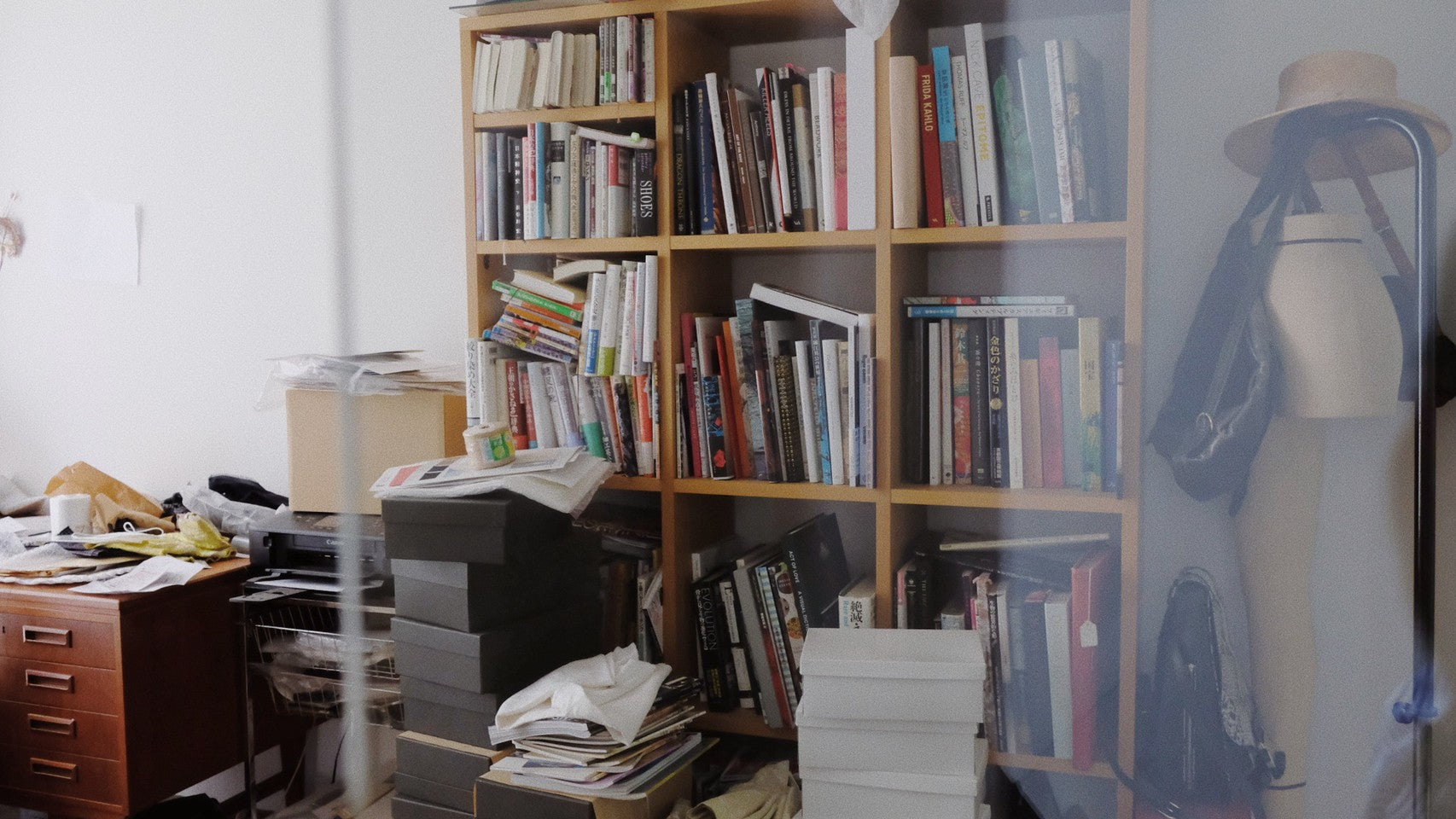
SARA: Okay, first off, can we talk about your background and inspiration? You grew up on Innoshima Island in Hiroshima, right? What did you do for fun on Innoshima?
KUSHI: When I was a child, my parents were out working a lot, so I spent a lot of time with my grandfather, who was really good with his hands. Looking back at photos of my childhood, I find a lot of photos with him, just chilling, making things on a boat... My grandfather could build an entire boat with his bare hands. He was really creative, so I feel like I learned a lot about “beauty” from him.
SARA: Were you always into fashion?
KUSHI: I was actually influenced by a cousin I often visited who lived in the city. He was stylish, and he would often tell me about fashion, what’s “in” and what’s not. Also when I was in junior high school, I started visiting Onomichi on the mainland. I got into vintage, second-hand clothing. There was one shop which I would always go to where the shop staff taught me about fashion. That’s where I was introduced to Maison Margiela. I remember seeing a dress which had mold growing on it in his book. It was beautiful, but more importantly, it really showed me how the world of fashion is limitless. Back in those days, unisex clothing was huge. I wore brands like SUPER LOVERS, which is more womenswear. I would wear something like a cardigan underneath. Of course, you couldn’t buy that sort of thing on Innoshima, so I would buy them when I went to Fukuyama or Hiroshima. In that era, people really started getting into vintage clothing: Levi’s, military-style clothing, things that youngsters like us could afford like 1000-yen t-shirts, etcetera. There were brands like Milk Boy and ABAHOUSE... I used to carry a Hysteric Glamor shopping bag to school.
KURO: You were ahead of your time.
KUSHI: No, I think I was just anti-“wearing the same things as other people”. Those Hysteric Glamor bags... Man, those were the days. It feels really nostalgic now.
SARA: You’ve lived in Innoshima, Kyoto, and Milan, and no doubt you were greatly inspired by them. Can you tell me what kind of inspiration you received from each city?
KUSHI: I think Innoshima was all about nature and its power. I mean, nature is beautiful, but it’s also terrifying at the same time. When I was younger, I nearly drowned in the ocean, and that’s when I realized how scary it could be. The softness and darkness both inherent in nature is something to be felt, not seen. I think this was like a sixth sense, especially for people back in the day. When there wasn’t as much information floating around, you had to use your own sense to determine if your environment was safe or not. I think nowadays, living in this information-overloaded world, we rely on our cellphones or other people’s information and we don’t use our minds and bodies. It’s like we have a hard disc inserted into us.
“Kyoto? I learned so many things. I’m still learning. I mean, we live in a city with so much culture and history at our fingertips. You learn to have so much respect towards craftsmanship and creativity... but another big thing is that you learn about human relationships. “
